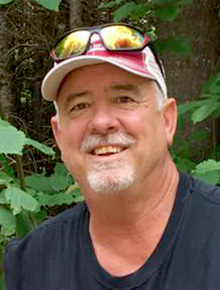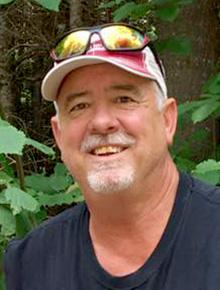
Snow in April is just a bummer, but it is better than last year when we had over 20 inches in the month of April. The month is not over yet so we will just have to see how the weather pans out.
The snow came early enough that I have no reason to believe it will have any effect on pheasant nesting or the majority of the waterfowl that are trying their best at a reproductive effort this spring.
There is one bird that nests early enough to get snowed on. That is the Canada goose. There are seven different subspecies of this bird, with the Giant Canada being the one that gets the most affection from hunters and birdwatchers alike.
These are the largest of the species and can weigh over 20 pounds with wingspans longer than 5 feet. They also live the longest, up to 30 years and four months for the oldest on record.
The giant Canada was once thought to be extinct. It was discovered at Silver Lake in Rochester, Minnesota, again in 1964. It is now at population levels that are causing some issues in different areas.
They seem to be able to adapt to just about any environment and number over 3 million nationwide. They have increased their population by about 3 percent per year since 1998.
I can remember back in the day if you saw a giant Canada goose it was newspaper worthy. If you actually harvested one, you were considered one of the Great Hunters of the day. Times have really changed and today they routinely make up part of most water fowlers’ daily harvest from across most of the Mississippi Flyway.
There are subspecies I have heard referred to as the Eastern Prairie Flock that are smaller in size and number. They migrate through southwest Minnesota and in an effort to protect them, the bag limits on geese where I live are lower than in other places you can hunt.
Canada geese in general mate for life and both parents help raise the young. The young eat different grasses and shoots and are unable to fly until August. During the summer the adults molt their flight feathers.
This means they replace them with new ones and cannot fly during that time. This period lasts about one month. This is when all of the goose banding by wildlife agencies takes place because a human can round them up and catch them. I have participated in this effort, which is used to estimate harvest rates and the bird’s migration routes.
The snow this past week left many geese sitting on their nests covered in snow. I have actually seen a nesting goose completely covered in snow with only the head and a little bit of the neck showing through.
Mother Nature gives wildlife all they need to carry on. It won’t be long until there are bright golden yellow goslings running around.
I used to hunt geese a lot before I really got into the dog thing. Most geese are hunted in a harvested cornfield so dog work is not a giant necessity. It is easy for the hunter to walk out and pick them up. Statewide goose populations are doing so well that about 15 years ago they started to allow for an early season goose hunt that takes place in the first week of September. The limit was five per day and was designed to reduce local populations before the annual migration started.
If you have ever tried to pluck a goose in September, you would not want to do it again. The feathers are new and “pin feathered” is an understatement.
I will never tire of the sound of a pair of Canada geese flying overhead. I am sure I have heard it more than a thousand times, and each one is as good as the last. They are signs of spring that require no mask to enjoy. The giant Canada goose is one of the great all-time comeback stories of wildlife management. I will never take that for granted.
Scott Rall, Worthington, is a habitat conservationist, avid hunting and fishing enthusiast and is president of Nobles County Pheasants Forever. He can be reached at scottarall@gmail.com. or on Twitter @habitat champion.



